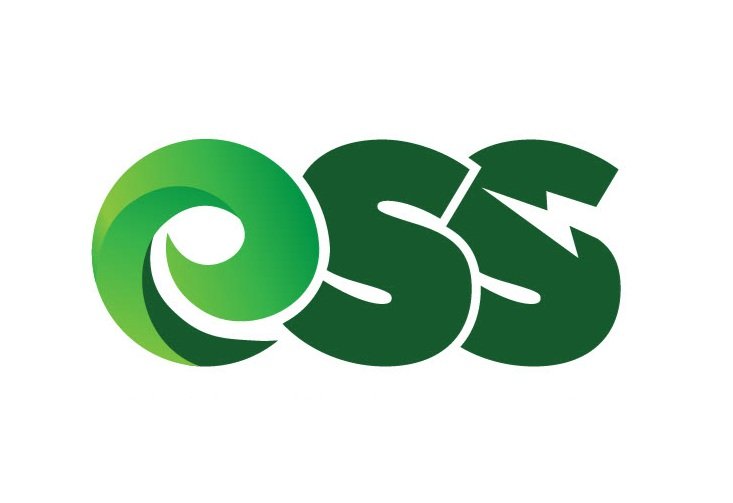The Symbiosis Between Solar Power and Smart Grids
Intro
In the grand tapestry of energy innovation, two dynamic forces have emerged as trailblazers: solar power and smart grids. Individually, they hold the promise of a cleaner and more efficient energy future. Together, they create a synergy that not only enhances grid reliability but also transforms the way we generate, distribute, and consume electricity. Let's delve into the intricate relationship between solar power and smart grids, illuminating the path towards a more sustainable tomorrow.
A Harmonious Convergence: Solar Power and Smart Grids
Empowering Solar Integration
Smart grids are intelligent, digitally connected energy networks that enable seamless communication between energy producers, consumers, and utilities.
These grids play a pivotal role in integrating solar power by efficiently managing the variable and decentralized nature of solar energy generation.
Real-Time Monitoring and Optimization
Smart grids offer real-time data monitoring, allowing utilities to balance energy supply and demand more effectively. This is crucial for managing fluctuations in solar power output due to weather conditions.
Through advanced analytics, utilities can optimize energy distribution, reducing wastage and ensuring that every watt of solar power contributes to a greener grid.
Solar Power's Impact on Smart Grids
Decentralization of Energy Generation
Solar power's distributed nature aligns harmoniously with the decentralized architecture of smart grids. By generating power closer to where it's consumed, solar installations reduce strain on traditional transmission lines.
This decentralization enhances grid resilience and minimizes the risk of widespread outages, ensuring a more reliable energy supply.
Demand Response and Load Management
Solar power's intermittent nature can be harnessed through demand response strategies. Smart grids enable utilities to shift energy-intensive tasks to times when solar generation is at its peak.
This load management helps balance grid demand and supply, optimizing the use of solar energy and reducing the need for non-renewable sources during peak periods.
Frequently Asked Questions (FAQ)
-
Smart grid technology for solar power refers to an advanced electrical grid system that uses digital communication technology to detect and react to local changes in electricity usage. This allows for better integration and management of solar energy, enabling a more efficient and reliable distribution of solar-generated electricity.
-
The smart grid enhances the integration of renewable energy sources, like solar and wind, into the grid. It provides real-time monitoring and response capabilities, enabling the grid to handle the variable nature of renewable energy production, ensuring a stable and reliable power supply.
-
Some disadvantages of the smart power grid include higher initial costs of installation and setup, potential cybersecurity threats due to the grid's interconnected nature, and concerns about data privacy and the collection of energy usage information.
-
A traditional power grid is a one-way system where electricity is generated, transmitted, and distributed to consumers without real-time feedback. In contrast, a smart grid uses two-way digital communication to collect data and respond to changes in electricity demand, supply, and grid conditions, making it more adaptive, efficient, and reliable.
Paving the Way for a Sustainable Energy Landscape
Energy Storage Integration
Smart grids seamlessly incorporate energy storage solutions, such as batteries, which store excess solar energy for use during cloudy days or at night.
This integration addresses solar power's intermittency, providing a continuous and reliable energy supply even when the sun isn't shining.
Electric Vehicle Charging Integration
Smart grids also facilitate the integration of electric vehicle (EV) charging stations. Solar power can be harnessed to charge EVs, reducing greenhouse gas emissions and the demand on conventional power sources.
Brilliant Horizons: Solar Power and Smart Grids in Tandem
The convergence of solar power and smart grids embodies the marriage of sustainability and technological advancement. This dynamic duo not only accelerates the transition to clean energy but also ushers in a new era of grid resilience, efficiency, and adaptability.




